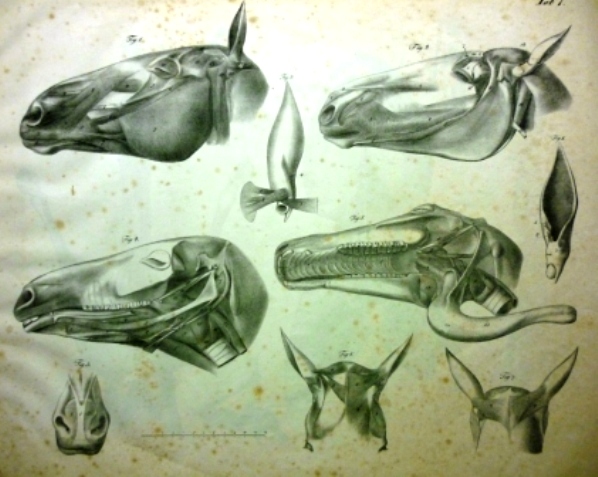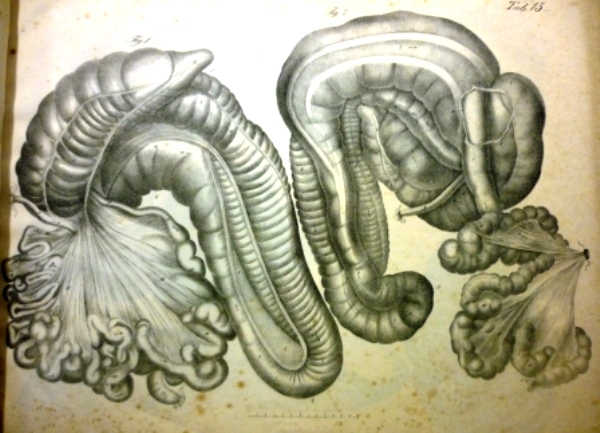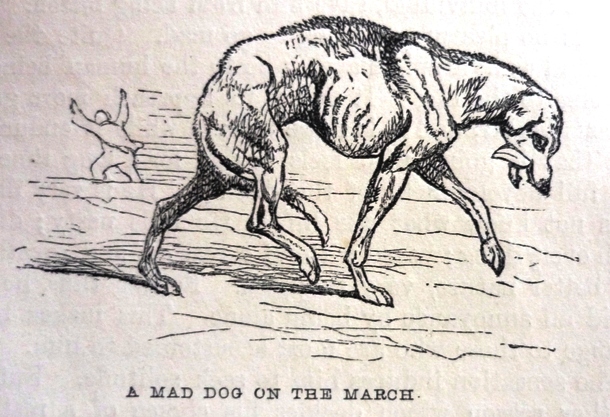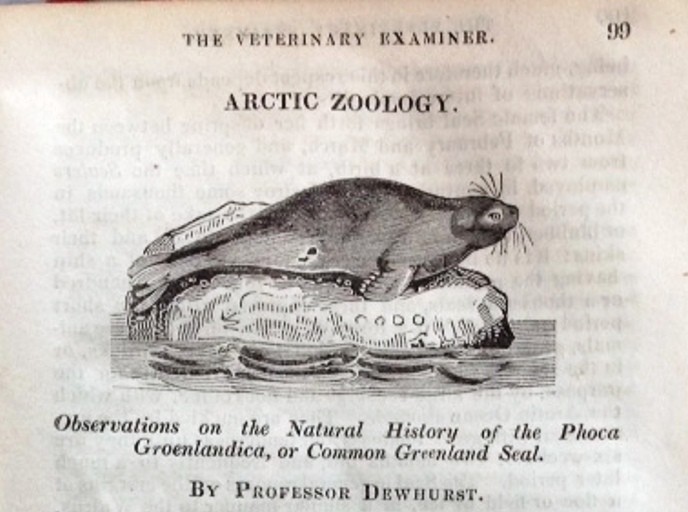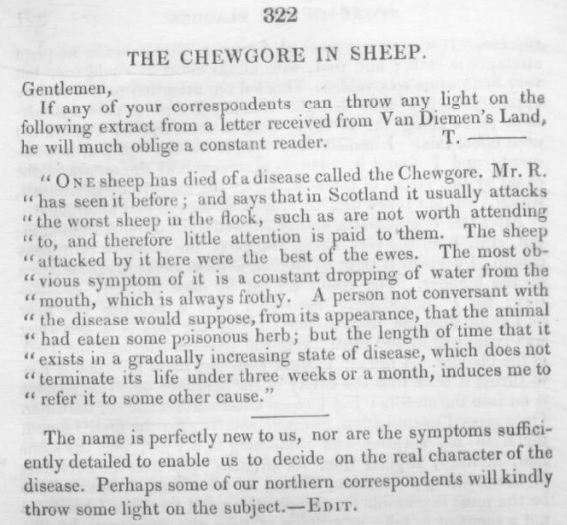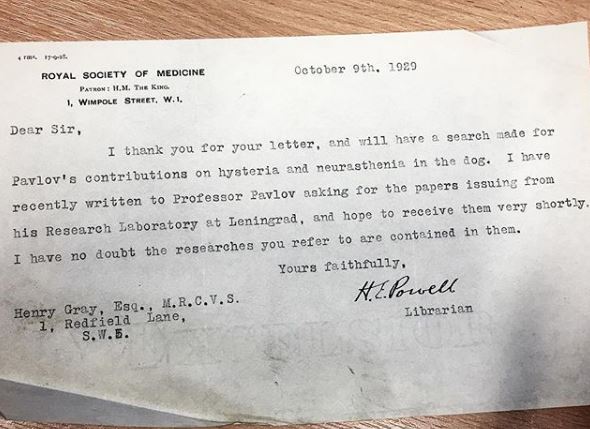A Gift Horse
Sitting proudly on top of the fourth plinth in Trafalgar Square currently is ‘Gift Horse’ by Hans Haacke.
The sculpture is based on illustrations from George Stubb’s Anatomy of the horse and so feels strangely familiar to me – apart from the live share-price ticker tied to its foreleg.
Looking at our catalogue I found we have another book of the same title in our collection – Ernst Gurlt’s Anatomy of the Horse (A Schloss 1833, translated from the original German by J Willimott) and like the Stubbs it is lavishly illustrated.
Ernst Friedrich Gurlt (1794-1882) was Professor at the veterinary school in Berlin where the anatomy collection still bears his name.
He published a number of works on anatomy the first of which was Handbuch der vergleichenden Anatomie der Haus-saugethiere (Handbook of comparative anatomy of domesticated animals). This covered the anatomy of the horse, ox, sheep, swine, dog and cat.
A review of the English translation of Gurlt’s Anatomy of the Horse in the Veterinarian (1833 pp 46-50) begins by setting Gurlt’s anatomical works in the context of those that had gone before describing his Handbuch der vergleichenden Anatomie der Haus-saugethiere ‘as the great treasure of the veterinary anatomist’.
Of the English translation of the Anatomy of the Horse it is less favourable – though no discredit is attached to Gurlt. Instead it argues that by taking the plates on the horse from Gurlts more comprehensive earlier book of comparative anatomy the publisher, Mr Schloss, has ‘destroyed the charm of the work, as one of comparative anatomy and rendered it incomplete as an elementary book’.
The review does go on to say however that ‘to the student who confines his inquiries to the horse, it is still a most valuable present’. The cost of this ‘valuable present’ is given as £3 5s.
Anatomy of the horse was published in two parts – the text which is an index to the plates (128 p 8vo) and the 35 folio sized plates several of which are reproduced below.
 Plate 1 Skeleton seen from the left side
Plate 1 Skeleton seen from the left side
 Plate 10 Fourth layer of muscles seen from the left side
Plate 10 Fourth layer of muscles seen from the left side
 Plate 22 Pregnant uterus of the mare, opened from below
Plate 22 Pregnant uterus of the mare, opened from below
 Plate 24 Female foetus 57 days old
Plate 24 Female foetus 57 days old
Plate 28 Arteries on the head and neck


